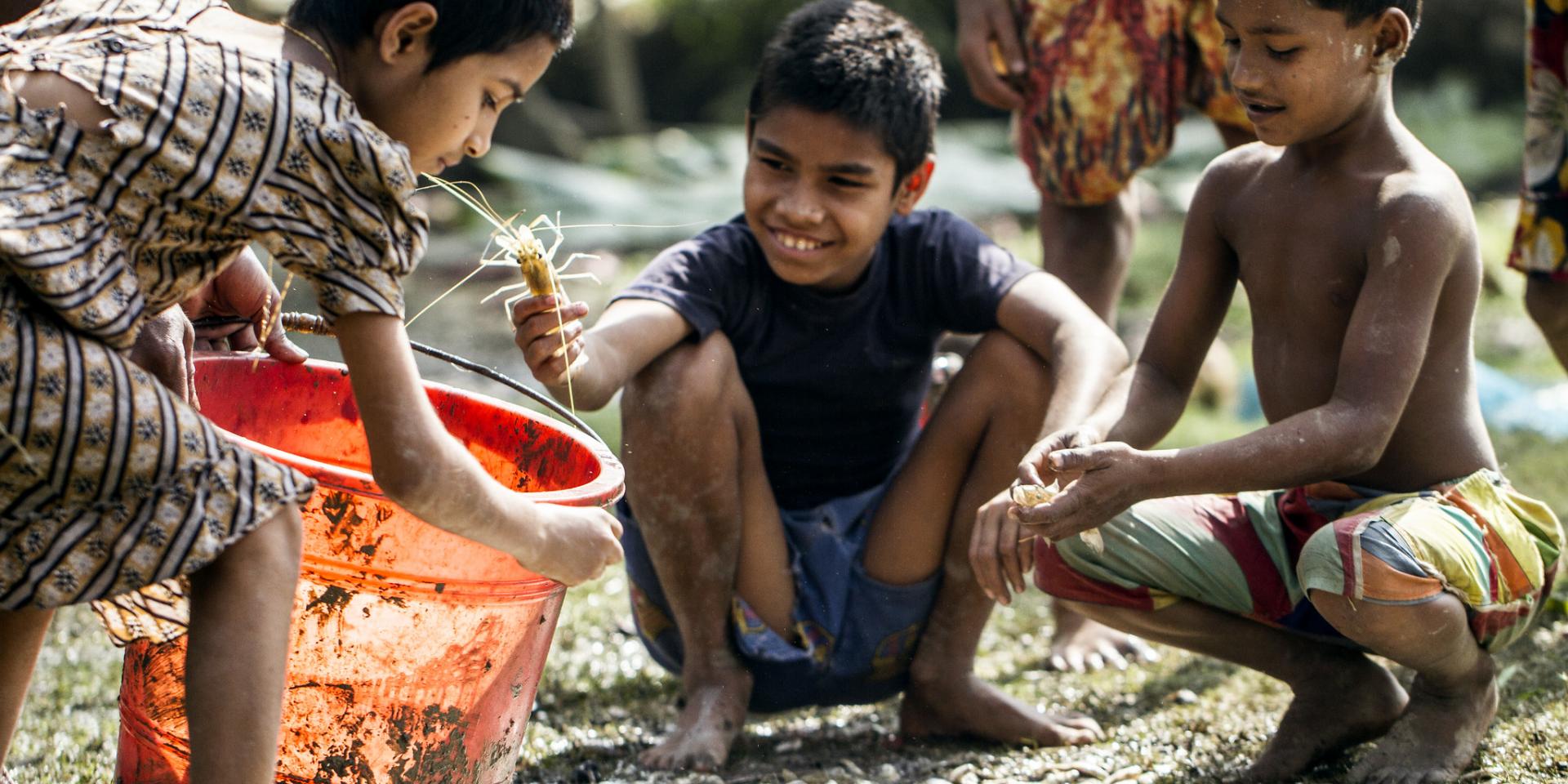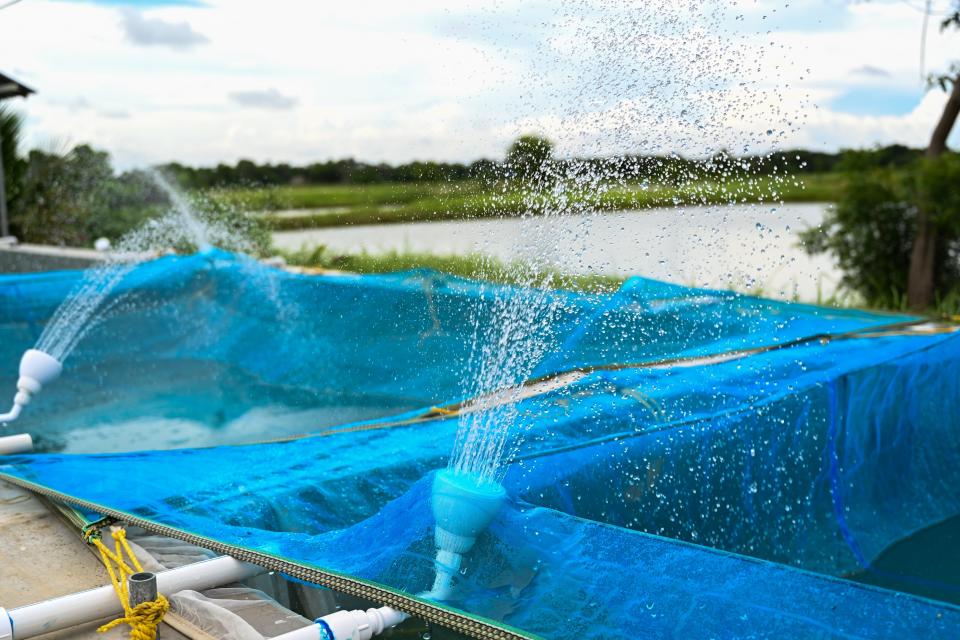Tackling malnutrition in children through the inclusion of dried small fish powder in their diets
 Photo: Felix Cla Duckrabbit/WorldFish
Photo: Felix Cla Duckrabbit/WorldFish
Assam continues to grapple with high food insecurity and malnutrition levels, especially among young children and pregnant-lactating women despite its vast resources.
The state of Assam, situated in the northeast of India, has a considerable percentage of its population below the poverty line with nearly 86 percent of its population residing in rural areas. Despite its vast resources, Assam continues to grapple with high food insecurity and malnutrition levels, especially among young children and pregnant-lactating women.
Assam’s health and nutrition indicators have not shown much improvement over the years. The latest National Family Health Survey (NFHS-5) reports that 35 percent of children in Assam under the age of five are stunted, or too short for their age, 22 percent are wasted, or too thin for their height, 9 percent are severely wasted and 33 percent are underweight. The high levels of undernutrition across the board still pose a major problem to the well-being of the people in Assam.
Aquatic foods, which include a variety of animals, plants and microorganisms that are grown and harvested from water, are regarded as superfoods. Aquatic foods, which are abundant in accessible micronutrients and essential fatty acids, have a profoundly positive impact on mothers' nutrition and health and children's cognitive development in the first 1,000 days of life.


